Wild Animals of the Florida Everglades

The biodiverse Florida Everglades are home to more than 40 species of mammals and hundreds of vibrantly colored bird species. The area’s incredible wildlife is what makes the Everglades a top destination for kayakers, bird watchers, and nature enthusiasts.
In addition to the pillar of Everglades wildlife, the American alligator, Florida’s lush wetlands harbor snakes, peacocks, deer, manatees, and the elusive Florida panther. While some of these critters are as commonplace as the area’s mangroves, others only show themselves to very lucky visitors. Of course, there are airboat tours that visit animal habitats and other tricks for spotting animals native to the Florida Everglades.
Wildlife You Might Spot in the Everglades
American Alligator

Alligators love to dwell in swampy areas and bodies of water like rivers and lakes, so they feel right at home in the Everglades. In fact, there are over 200,000 alligators in the Everglades, making it pretty easy to find one – and you should definitely be careful when kayaking or canoeing.
Not to be confused with crocodiles, alligators have a wide, rounded snout and typically grow up to 10 feet in length. During the dry winter season, they excavate dens known as alligator holes that hold water and support other species.
Want to see an alligator up close? Book an airboat alligator tour to learn more about this reptile from local naturalist guides.
West Indian Manatee

These cuddly-looking gentle giants are often referred to as sea cows due to their plump appearance. They can weigh as much as 1,000 pounds! While manatees typically spend most of their day grazing on aquatic plants, they occasionally eat fish. These mammals surface for air every five minutes or so, but they can hold their breath for up to 20 minutes. Manatees are an endangered species, which makes spotting one all the more special.
Roseate Spoonbill
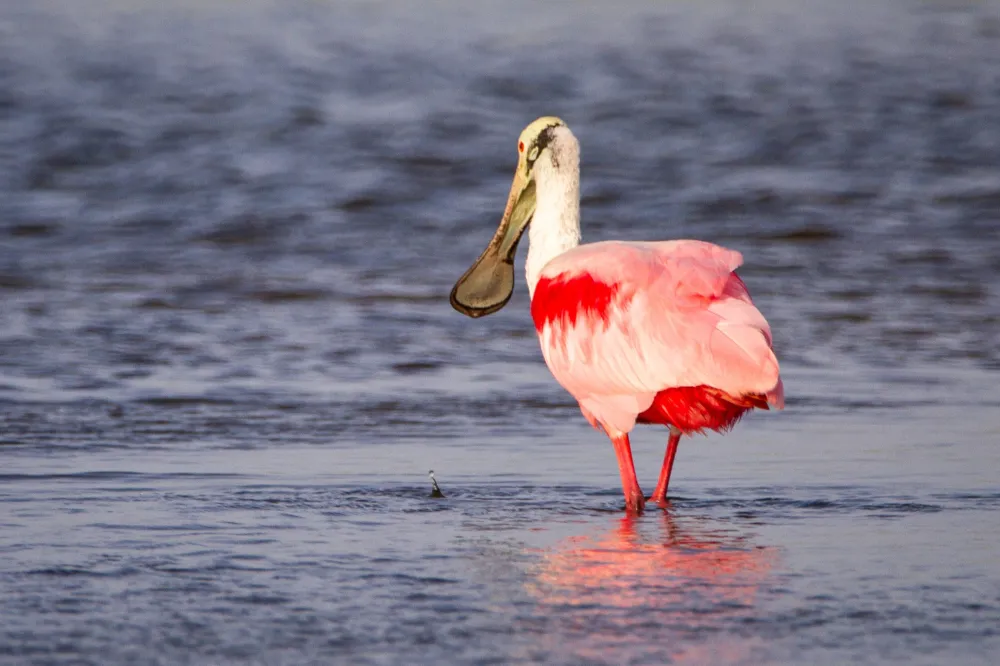
You could possibly mistake the roseate spoonbill for a flamingo if it weren’t for its long, spoon-shaped bill and shorter neck. These wading birds have varying shades of pink along their bodies, from pale bubblegum to bright fuschia streaks, which come from the crustaceans they eat. Roseate spoonbills roost and nest in foliage along the water’s edge and use their wide bills to scoop up prey. Their beautiful coloring makes them easy to spot against the blue and green of the Everglades.
Try to spot the spoonbill on a mangrove kayak tour!
White-Tailed Deer
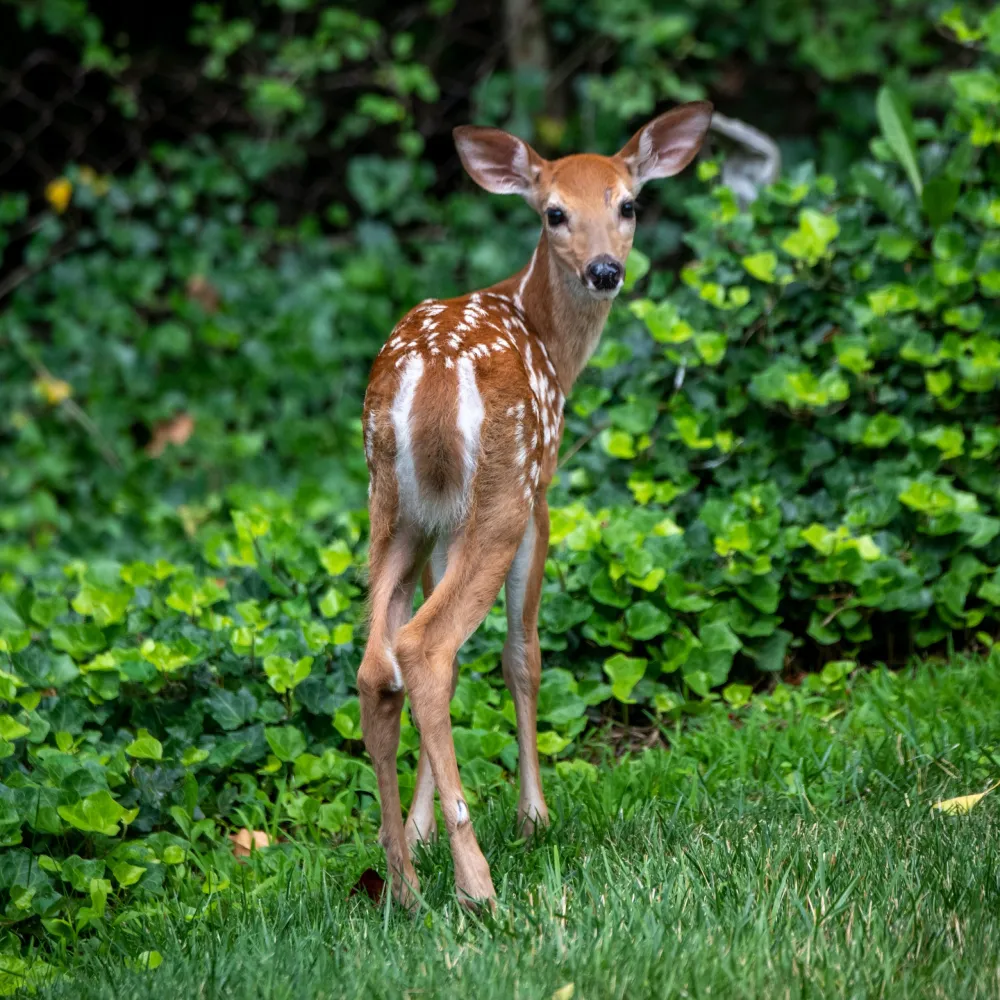
White-tailed deer are most commonly spotted during the quiet of dawn and dusk, before most visitors descend on the Everglades. You might catch a flash of white from the underside of their tails as they scamper along the shore in search of aquatic plants to eat. These gentle mammals are prey for alligators, bobcats, and the rare Florida panther.
River Otter
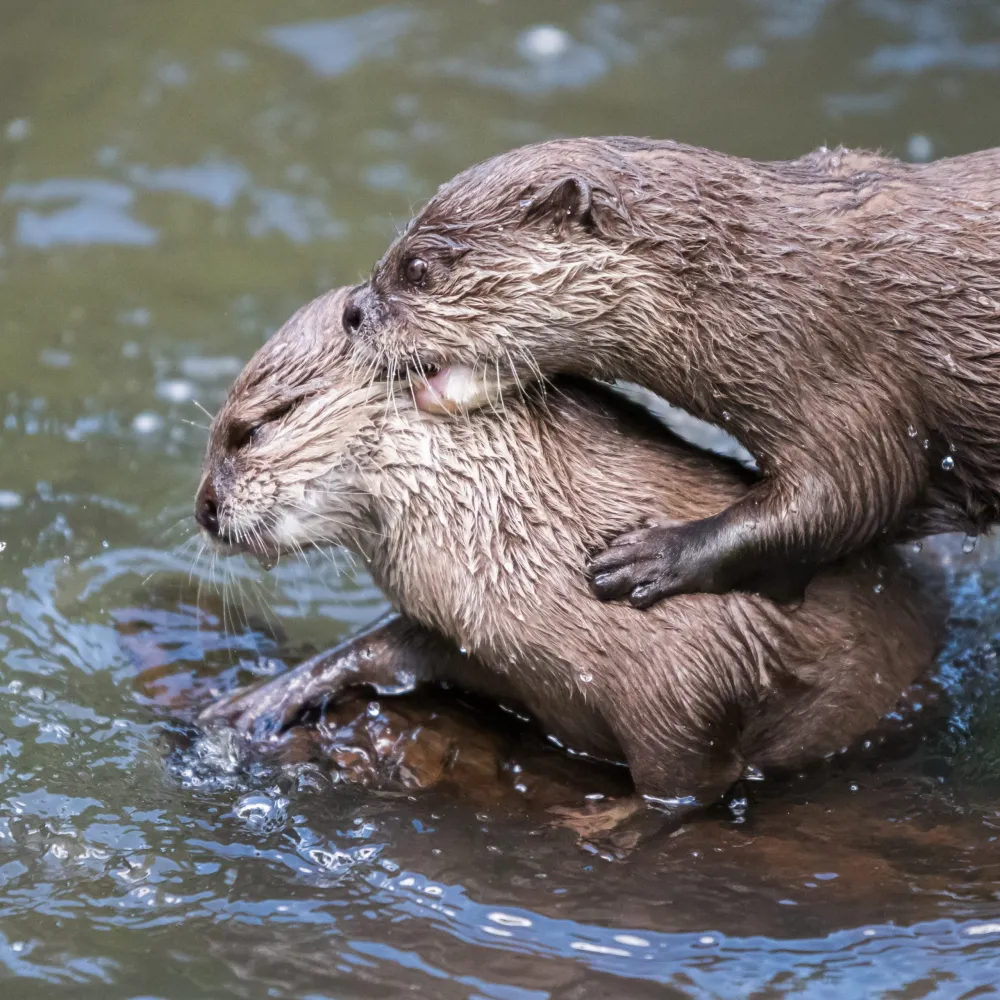
Otters are known for being playful, feisty, and adorable, with long whiskers, thick fur to keep them warm, and webbed feet for fast swimming. They’re arguably the cutest animal in the Everglades (sorry, manatees!), but you’re not likely to spot one from your kayak. Since these mammals are mostly nocturnal and make their homes in burrows, they can be tough to find.
American Crocodile
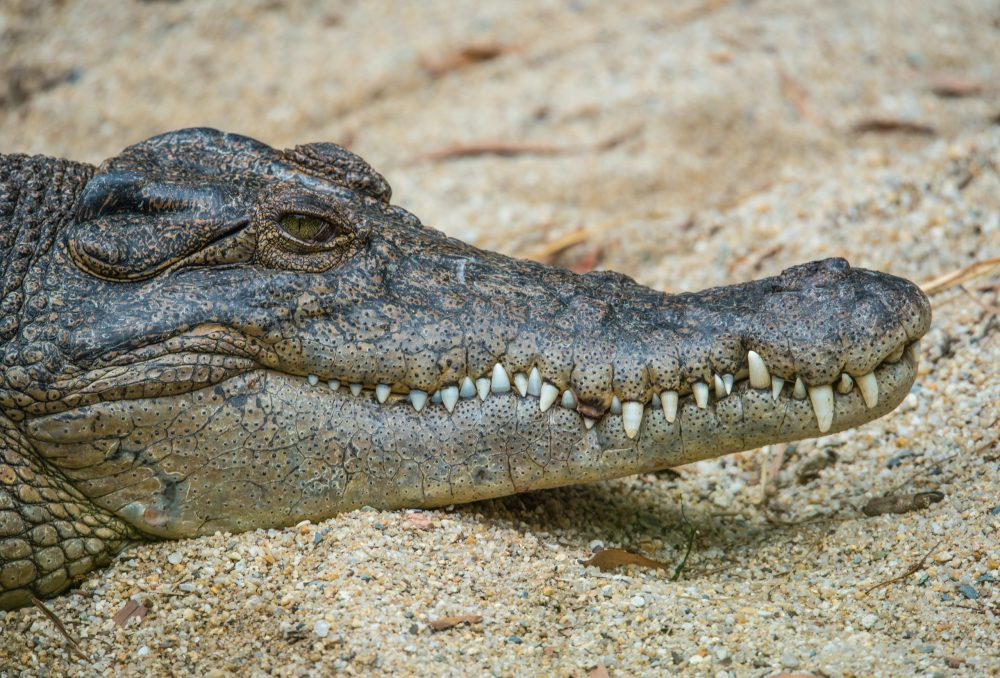
Look for the crocodile’s narrow snout and protruding lower teeth to tell it apart from the alligator. Crocodiles range from 8 to 14 feet in length and are much less common than alligators – there are only about 2,000 of them in the Everglades. They mostly feed at night on crabs, snakes, fish, and small mammals.
Dolphin
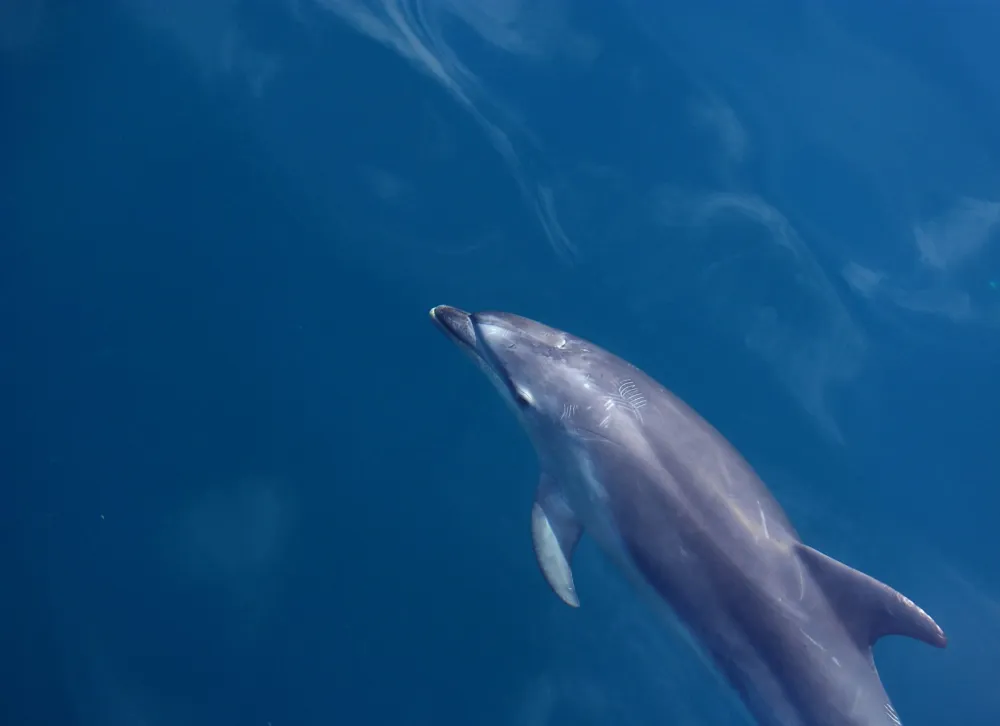
Seeing a dolphin during your kayak tour or boat adventure is an absolute delight! You can expect to find these friendly mammals swimming and frolicking around the Ten Thousand Islands, a beautiful place to explore the waterways of the Everglades. Did you know that dolphins make lifelong friendships? Usually, if you see one dolphin, chances are high you’ll spot another nearby.
Burmese Python
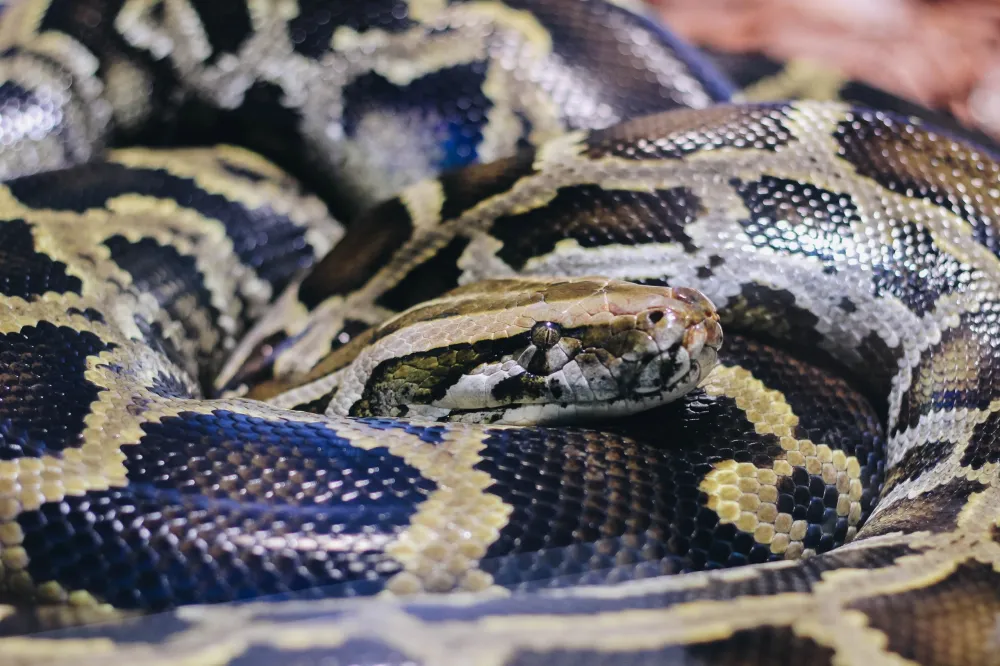
If the very thought of giant snakes fuels your nightmares, we have good news for you – you likely won’t see a Burmese python because they tend to hunt at night. In fact, their hunting habits have caused problems for other Everglades species. Numbering in the hundreds of thousands, Burmese pythons are not native to the Everglades. This is an incredibly invasive species that has killed off more than 90% of the mammal population in the Everglades. Even the alligators are known to face food shortages because of these massive snakes.
Turtles
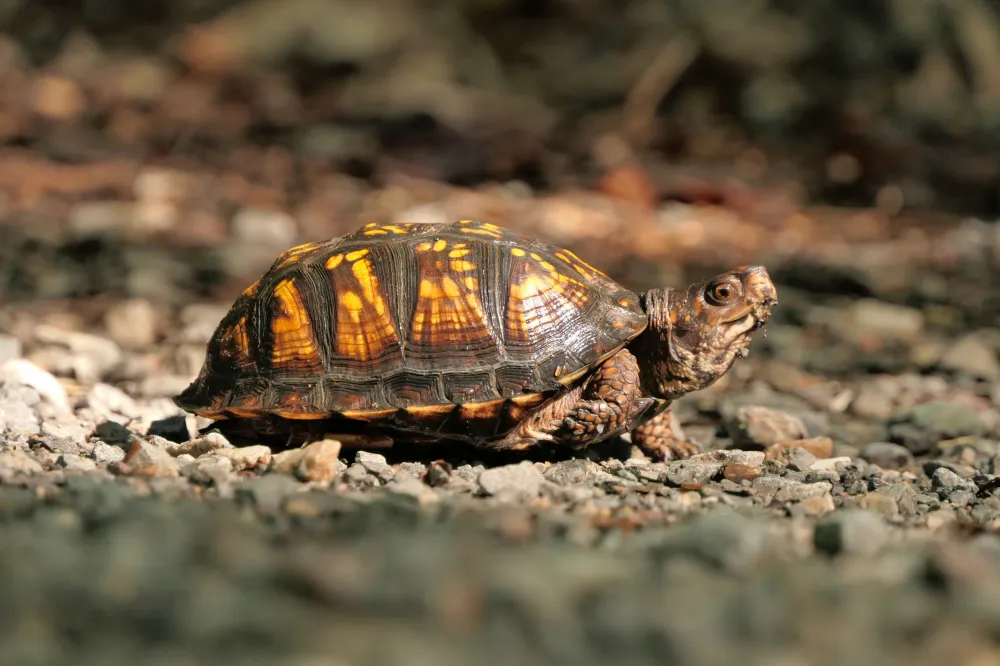
You might spot several different types of turtles as you roam the Everglades, like the Florida snapping turtle, leatherback, and hawksbill turtle. Some are more noticeable than others, like the red-belly cooter, recognizable for its red underside, and the stinkpot, which gets its name from the skunky odor it emits when threatened. Turtles are easily startled, so try to be quiet if you happen to spot one!
Look for turtles on a National Park kayak tour!
Florida Panther
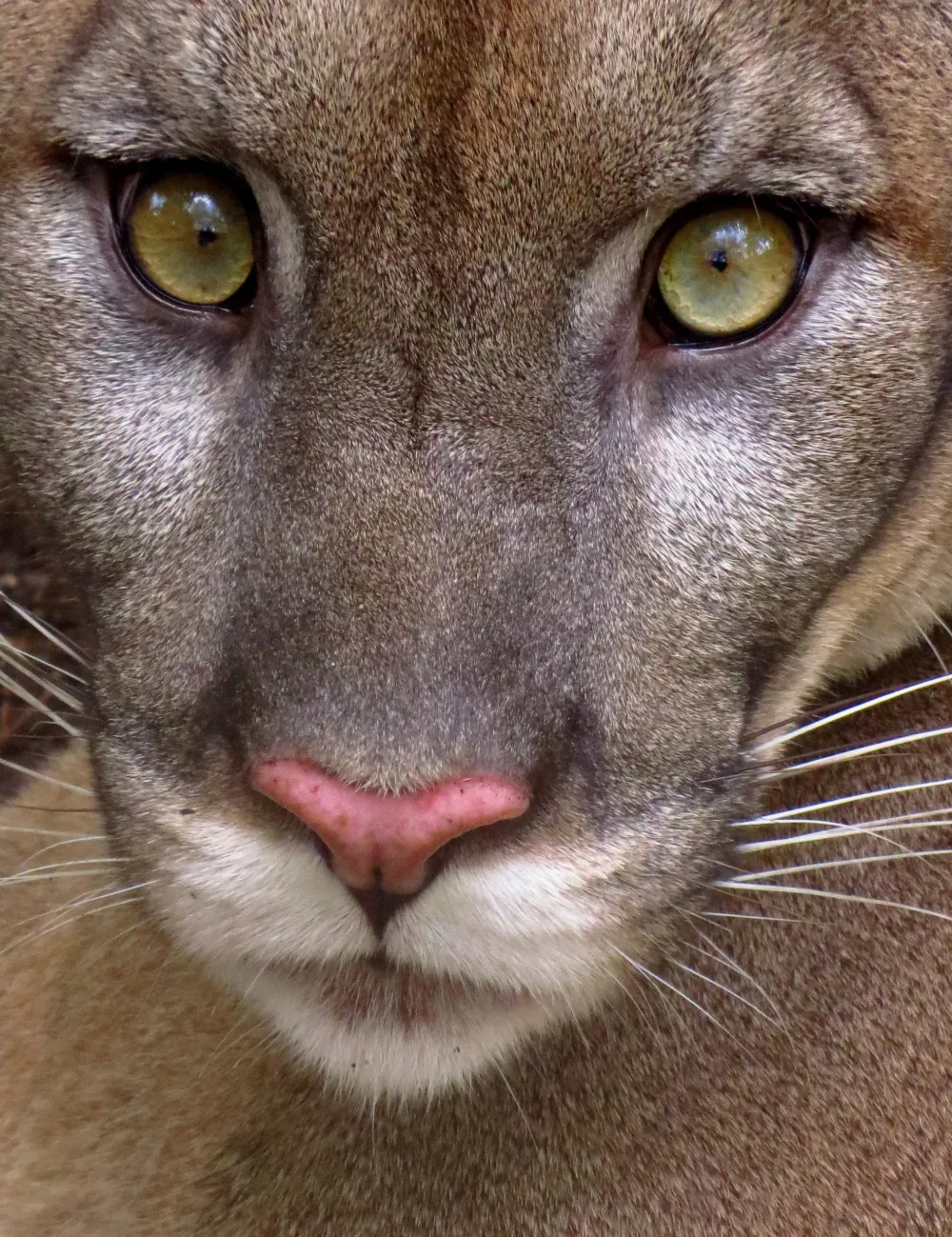
An endangered subspecies of cougar, the Florida panther’s decline is due to deforestation and development. Today, it is estimated that there are around 160 panthers left in the wild, up from about 20 in the 1970s. Many visitors to the Everglades dream of spotting the elusive panther, but unfortunately your chances of seeing one are very slim.
Wildlife Viewing Tips
Many people visit the Everglades each year in the hopes of seeing some of these species up close. To increase your chances of seeing animals, consider visiting during the dry winter season, when the animals tend to congregate at central locations due to low water levels. Another way to find Everglades wildlife is to take a tour with an expert local guide. Kayaking/canoeing and airboat tours are great for spotting wildlife.
If you do happen upon one of these wild critters, remember to keep your distance (don’t forget to pack your binoculars!). Try not to disturb nesting grounds or dens, and leave young or sick animals alone — mothers often leave their young alone while hunting, but they will return. Don’t share your snacks! Animals should only eat the natural food available to them in the Everglades.
Above all, have fun and soak in the moment. Seeing wildlife in the Everglades is an unforgettable experience, especially when you get to share it with friends and loved ones. Consider booking an airboat tour to cover the most ground in Everglades National Park.
